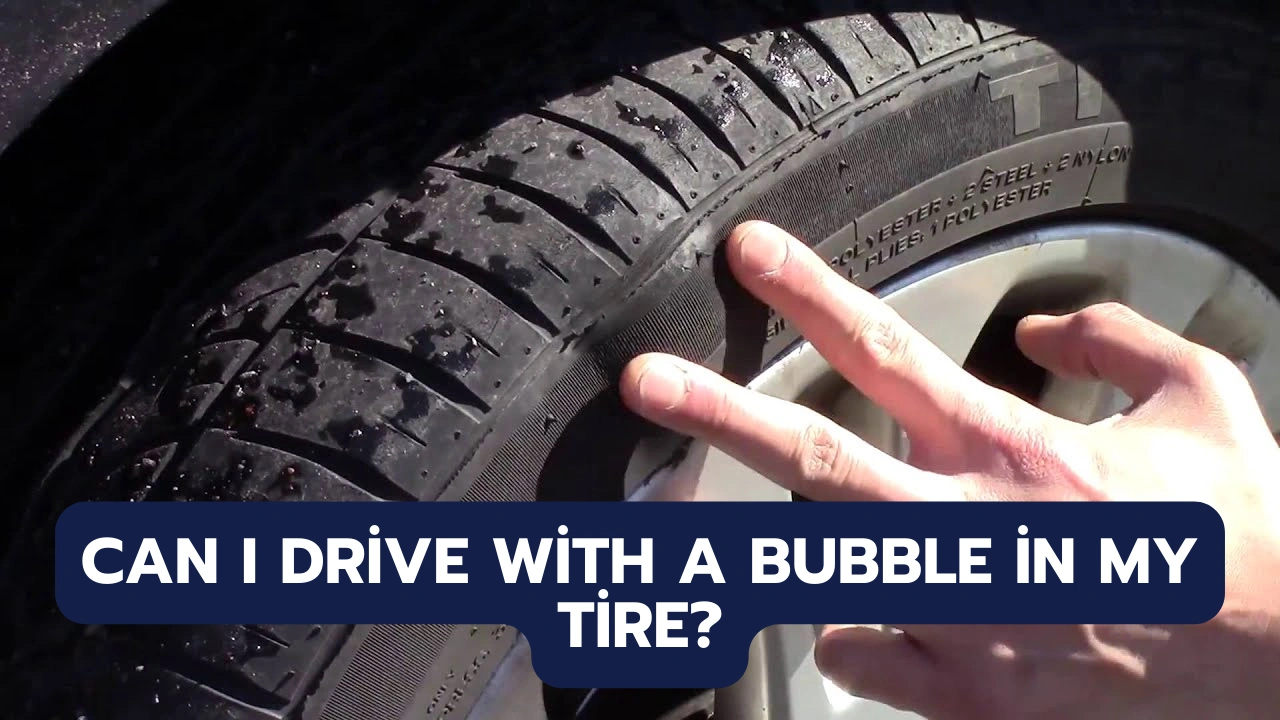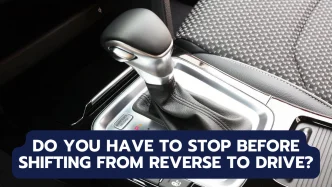A tire bubble may appear harmless at first glance — just a swollen protrusion on the sidewall of your tire. However, this small bulge can be a ticking time bomb. It is one of the most dangerous tire issues you can face, and driving on a tire with a bubble significantly increases the likelihood of a blowout. A blowout at high speed can lead to a complete loss of control, potentially causing a severe accident. In this article, we’ll break down everything you need to know about tire bubbles: what they are, how they form, where to look for them, and why it’s critical to take immediate action.
What is a Tire Bubble?
A tire bubble occurs when air escapes from the inner liner of the tire and collects in the outer rubber layers, typically on the sidewall. Normally, tire air is confined by a strong inner lining. If this lining is compromised — due to impact or structural damage — air seeps into weaker parts of the tire. The result is a visible bulge or bubble on the sidewall.
This bulge indicates that the tire’s structural integrity has been compromised. Unlike a flat tire, which can often be patched or repaired, a bubble signifies damage that cannot be fixed. The thin rubber and fabric layers holding the bubble together are under constant pressure, meaning the tire is at imminent risk of a blowout.
How Tire Bubbles Form
Tire bubbles typically result from impact damage. When your tire strikes a curb, pothole, railroad track, or debris, it can become pinched between the wheel rim and the road surface. This sudden compression can damage the inner lining of the tire, allowing air to escape into the sidewall. The weak areas of the tire, particularly the sidewall, provide a space for the trapped air to collect, forming a bubble.
Common causes of tire bubbles include:
- Hitting Curbs: Striking a curb at an awkward angle can compress the tire, damaging the inner liner.
- Potholes: Driving over potholes, especially at high speeds, can cause significant impact damage.
- Road Debris: Running over sharp or irregular objects can puncture the tire lining.
- Railroad Crossings: The sudden jolt of crossing uneven tracks can cause a pinch between the rim and the tire.
- Low Tire Pressure: Under-inflated tires are more susceptible to impact damage because they lack the rigidity needed to absorb shocks.
Where to Look for Tire Bubbles
Tire bubbles most commonly form on the sidewall of the tire. The sidewall is made of thinner rubber compared to the tread, making it more vulnerable to damage. Because the sidewall flexes and absorbs the impacts of driving, it’s a natural weak point where air can accumulate if the inner liner is compromised.
To spot a tire bubble:
- Inspect Your Tires Regularly: Make a habit of visually checking your tires whenever you refill them with air or check their pressure.
- Look for Bulges or Irregularities: Check the entire circumference of the sidewall for any protrusions or irregular shapes.
- Check After Impacts: If you’ve recently hit a pothole, curb, or debris, inspect your tires immediately for any signs of damage.
Why Driving With a Tire Bubble is Dangerous
Risk of a Blowout
A tire bubble is essentially a weak spot where the inner structure of the tire has failed. The only thing preventing the tire from bursting is a thin layer of rubber and fabric. With each rotation of the wheel, this weak spot is subjected to pressure, heat, and flexing, increasing the risk of a sudden blowout. A blowout, especially at high speeds, can cause you to lose control of your vehicle, potentially leading to a crash.
Loss of Vehicle Control
When a tire blows out, the sudden loss of air pressure can make the car swerve sharply, especially if the blowout occurs on a front tire. Maintaining control of the vehicle becomes incredibly difficult, increasing the risk of accidents, collisions, and injuries.
Irreparable Damage
Unlike a simple flat tire, a tire bubble cannot be repaired. The damage is structural, meaning the tire’s internal integrity is compromised. The only solution is to replace the tire. Continuing to drive on a compromised tire is not worth the risk to your safety.
What to Do if You Notice a Tire Bubble
Stop Driving Immediately
If you detect a tire bubble, do not continue driving. The risk of a blowout is far too high. Pull over to a safe location and assess the damage. Driving even a short distance can worsen the problem.
Call for Roadside Assistance
Contact a towing service or roadside assistance to have your vehicle transported to a repair shop. Attempting to drive on a damaged tire, even to the nearest repair shop, is dangerous and can lead to catastrophic failure.
Get the Tire Replaced
A professional mechanic will assess the tire and confirm the damage. Unfortunately, once a tire bubble has formed, the only safe option is tire replacement. Repairing the inner structure of a tire is not possible, and patching the bubble is unsafe.
Can Tire Bubbles Be Prevented?
While you can’t always avoid road hazards, there are steps you can take to minimize the risk of tire bubbles:
- Maintain Proper Tire Pressure: Ensure your tires are inflated to the manufacturer’s recommended pressure. Under-inflated tires are more prone to impact damage.
- Avoid Road Hazards: Drive carefully and avoid potholes, curbs, and debris when possible. Slow down if you can’t avoid them.
- Check Tires Regularly: Inspect your tires frequently for signs of damage, including bubbles, cracks, and uneven wear.
- Drive Cautiously: When crossing railroad tracks or uneven surfaces, reduce speed to minimize the impact.
- Use Quality Tires: Invest in high-quality tires from reputable brands. Cheaper, lower-quality tires may be more prone to structural damage.
How can I identify a tire bubble?
A tire bubble appears as a bulging protrusion on the sidewall of the tire. It may look like a swollen bump and is often more noticeable when viewed from the side.
Is a tire bubble a serious problem?
Yes, a tire bubble is a significant safety issue. It indicates structural damage that can lead to a blowout, posing a serious risk while driving.
Can a tire bubble be repaired?
No, a tire bubble cannot be repaired. The damage is internal and structural, requiring the tire to be replaced.
What causes a tire to develop a bubble?
Tire bubbles are typically caused by impact damage from hitting potholes, curbs, or road debris. This damage compromises the tire’s inner lining, allowing air to escape into the sidewall.
How long can I drive with a bubble in my tire?
You should not drive at all with a bubble in your tire. The risk of a sudden blowout is high, and driving even a short distance can be dangerous.
Is a bubble in a tire covered by warranty?
In some cases, tire bubbles caused by manufacturing defects may be covered under warranty. However, damage from road hazards or improper driving usually is not covered.
How much does it cost to replace a tire with a bubble?
The cost to replace a tire varies depending on the brand, type, and size. On average, a replacement tire costs between $100 and $300.
How often should I check my tires for damage?
You should inspect your tires monthly and after any significant impact, such as hitting a pothole or curb.
Can low tire pressure cause bubbles?
Yes, low tire pressure makes tires more susceptible to impact damage, which can lead to bubbles.













